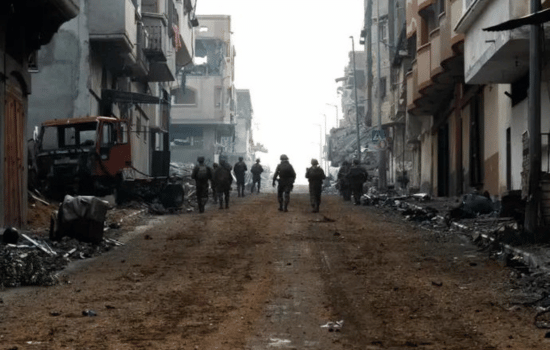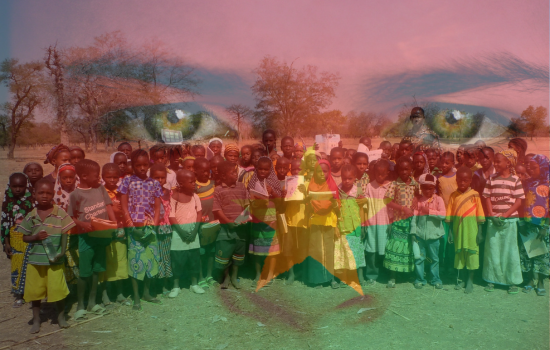After the War: Five Key Challenges for Israel
First published in Maariv Online.
What will happen in the Gaza Strip the day after? It is clear to everyone what will not be there – no Hamas, no terrorist military capabilities, no education toward the destruction of Israel.
The first challenge Israel faces is the growing gap between the Israeli perception of the day after and that of its allies (the USA) and potential partners (Europe, Jordan, Saudi Arabia, Gulf States, and Egypt), who see Gaza being handed over to Palestinian control with an Israeli withdrawal from the entire Gaza Strip to the borders of October 7, 2023.
In Israel, security considerations are given priority, with an emphasis on effective control of the Philadelphi Route on the border between Gaza and Egypt, to prevent Hamas from regaining strength. Israel also seeks to establish a buffer zone and to continue efforts for the complete demilitarization of the Gaza Strip. In real terms, there will not be a full withdrawal. Therefore, it is desirable to reach an agreement on the security framework in the Gaza Strip even before the end of the actual fighting.
The second challenge deals with the transition period from high intensity warfare to a long term arrangement. An approach to the ‘transition period’ is needed now and cannot wait for the outcomes of the military campaign. The urgent need comes from the concern that Gaza might deteriorate into administrative chaos. But here’s the crux: an Israeli withdrawal without a coordination mechanism and handover would lead to a power vacuum in Gaza.
What can be done to prevent a governance vacuum during the transition period? There is no ‘pleasant’ option: Israeli direct control is required. This means an occupied area with an administrative system based on the local population in Gaza. It seems there is no other alternative, as no external entity will agree to manage civilian life in the Strip as long as Israel has a military presence. Israel must prepare in advance for effective control – military and civil (in partnership with local Palestinian leadership), and concurrently develop a structured exit plan from the area.
The third challenge relates to dealing with Hamas as a hybrid terrorist organization – with military, political, and social arms. Even as Israel destroys Hamas’s military capabilities in Gaza, how can the organization be prevented from integrating into civil leadership? How can it be prevented from continuing to be an influential force? Should all key Hamas members be removed from their positions? Should they be prosecuted? Considering Hamas’s extended control of the Gaza Strip since 2006, mitigating its influence is expected to be a lengthy process spanning years beyond the ‘transition period’. To begin addressing the organization’s influence and ideology, actions are needed on several fronts: a governmental alternative with prospects for economic and political development; de-legitimization efforts against Hamas and the ideas it promotes; and developing a system to deal with radicalization processes in other sectors.
The fourth challenge revolves around the responsibility for the humanitarian situation in the Gaza Strip. This challenge already exists and is expected to accompany us throughout the period. As Israel’s presence in the area continues, so does its responsibility for the basic livelihood of the population in Gaza. Israel needs to continue establishing an operational infrastructure and a mechanism for cooperation with aid organizations (even if they are not friendly).
The fifth challenge lies in recognizing that the conflict is part of a broader regional dynamic. Hamas poses a common challenge to Israel and moderate allies in the Middle East. Hamas has always had a presence in the West Bank and Lebanon, as well as in Jordan, Syria, and further Muslim countries. The destruction of Hamas’s regime and military capabilities in Gaza will not erase the organization from other sectors, especially as its allies in the Shi’ite axis are active and pose an ongoing threat. Hezbollah’s main interest is to be seen as an active partner with the Palestinians in their struggle, while diverting Israel’s attention to prevent a military campaign against it in the region. Any solution, whether temporary or long-term for the Gaza Strip, must take into account the broader geopolitical landscape.






